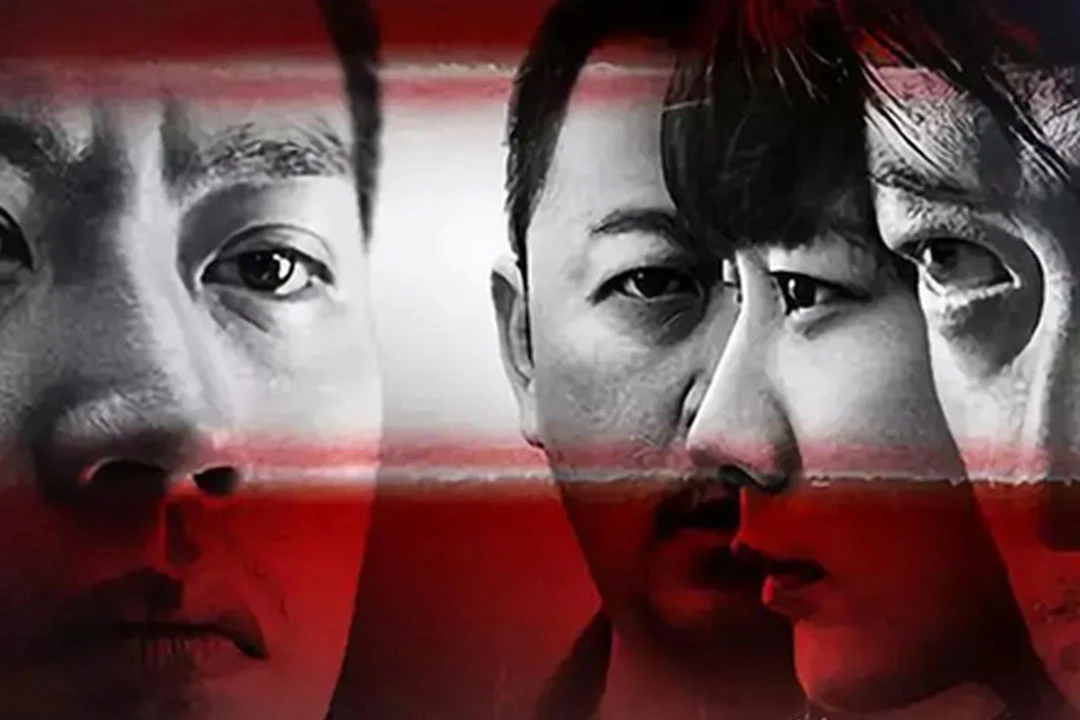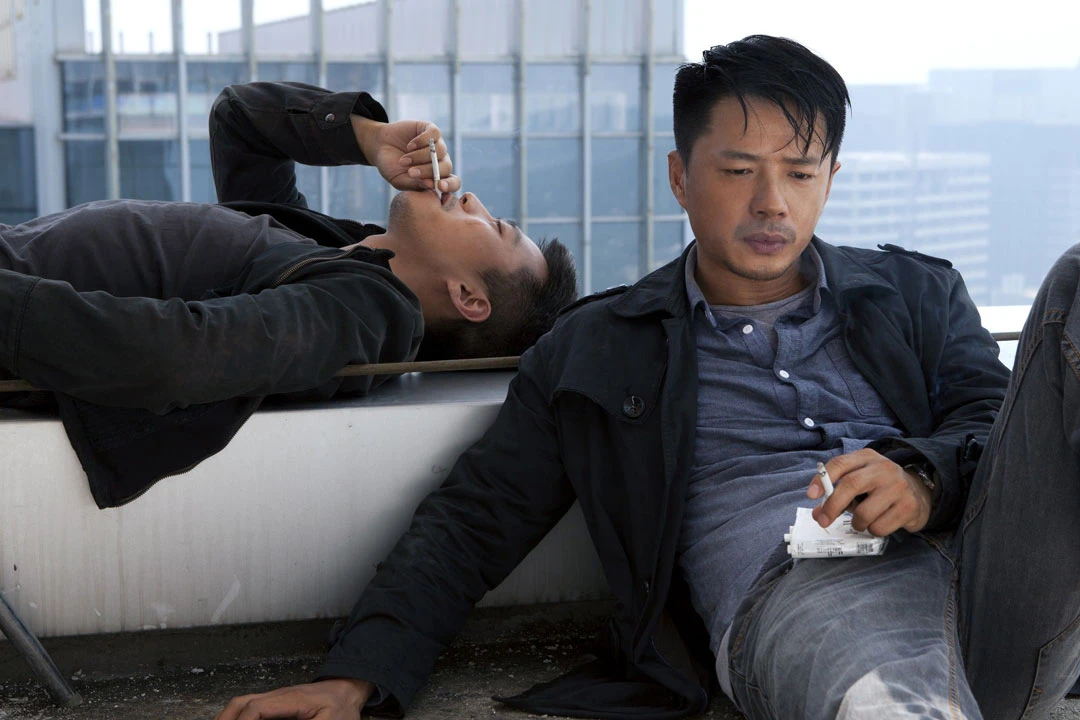In the landscape of Chinese cinema, certain films emerge as beacons of artistic and narrative excellence, pushing the boundaries of storytelling while offering profound insights into the human condition. One such cinematic gem has captured the attention of audiences and critics alike, weaving a tapestry of crime, suspense, and psychological depth that leaves viewers both enthralled and introspective.
Shadows in the Sunlight: Unraveling Mystery Through Character
At its core, “The Dead End ” (烈日灼心) is a masterclass in the art of the crime thriller. However, it transcends the typical conventions of the genre, using the framework of a criminal investigation as a vehicle to explore the intricate complexities of human nature and relationships. The narrative unfolds with a tension that is palpable, each scene building upon the last to create a crescendo of suspense that keeps viewers on the edge of their seats.
What sets this film apart is its commitment to character development. Rather than relying solely on plot twists and action sequences, the story delves deep into the psyches of its protagonists. The star-studded cast, led by acclaimed actors known for their powerful performances, brings a level of nuance and depth to their roles that elevates the entire production. Each character is meticulously crafted, their motivations and inner conflicts laid bare for the audience to dissect and contemplate.

The film's non-linear narrative structure serves to enhance this character-driven approach. As the story unfolds, jumping between different time periods and perspectives, viewers are compelled to piece together not just the facts of the case, but the emotional journeys of the characters involved. This intricate storytelling technique creates a rich psychological landscape, where the lines between right and wrong, victim and perpetrator, become increasingly blurred.
The cinematography and direction work in perfect harmony with the performances to create a visually stunning and emotionally resonant experience. The harsh sunlight mentioned in the title becomes a character in its own right, its unforgiving glare serving as a metaphor for the scrutiny under which the characters find themselves. This visual motif adds layers of meaning to each scene, enhancing the overall atmosphere of tension and revelation.
Beyond the Badge: Exploring the Depths of Morality and Justice
While the film operates within the familiar territory of the crime genre, it boldly steps away from conventional narratives of good versus evil. Instead, it presents a nuanced exploration of morality, justice, and the often-blurry line between the two. The characters, whether they wear a badge or not, are portrayed as deeply flawed individuals, each grappling with their own moral dilemmas and personal demons.
This approach allows the film to tackle complex themes with a depth rarely seen in mainstream cinema. Questions of guilt, redemption, and the nature of justice are explored not through didactic exposition, but through the actions and choices of the characters. As the story unfolds, viewers are challenged to confront their own preconceptions about right and wrong, forced to consider the shades of grey that often color real-world ethical dilemmas.
The film's exploration of human relationships adds another layer of complexity to its thematic content. By focusing on the intricate web of connections between characters - be they familial, professional, or born of shared experiences - the narrative highlights how our actions ripple outward, affecting not just ourselves but those around us. This interconnectedness serves to raise the stakes of each decision, making the characters' moral struggles all the more poignant and relatable.
Perhaps most notably, the film builds towards a theme of redemption that elevates it beyond a simple crime story. As characters confront the consequences of their actions and struggle with the weight of their choices, the narrative opens up possibilities for growth, forgiveness, and transformation. This focus on redemption adds a profound emotional resonance to the film, inviting viewers to reflect on their own capacity for change and the possibility of finding light even in the darkest of circumstances.
The film's conclusion, while satisfying in its resolution of the central mystery, leaves room for contemplation and discussion. It resists the temptation to offer easy answers or moral absolutes, instead encouraging viewers to grapple with the complexities presented throughout the story. This open-ended approach ensures that the film's impact lingers long after the credits roll, sparking conversations and introspection.
This Chinese crime thriller stands as a testament to the power of cinema to explore the depths of human nature while delivering a gripping and emotionally resonant experience. Through its masterful blend of suspense, character development, and thematic depth, it offers viewers a journey that is as intellectually stimulating as it is emotionally affecting.
The film's success lies not just in its technical excellence or star power, but in its ability to challenge viewers' perceptions and invite reflection on fundamental questions of morality and justice. It reminds us that even in the harshest light of scrutiny, the human soul remains a complex and often contradictory entity, capable of both great darkness and profound redemption.
Artistically ambitious films that resonate with audiences both at home and abroad. It stands as a shining example of how genre conventions can be used as a springboard for deeper exploration of the human condition, inviting viewers to look beyond the surface and confront the complexities that lie within us all.


